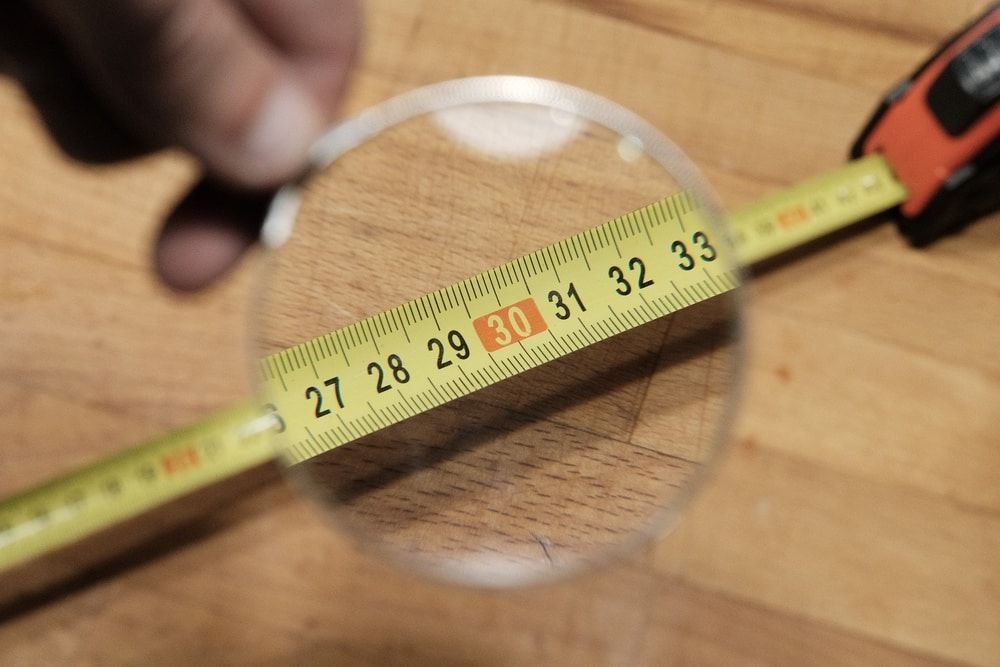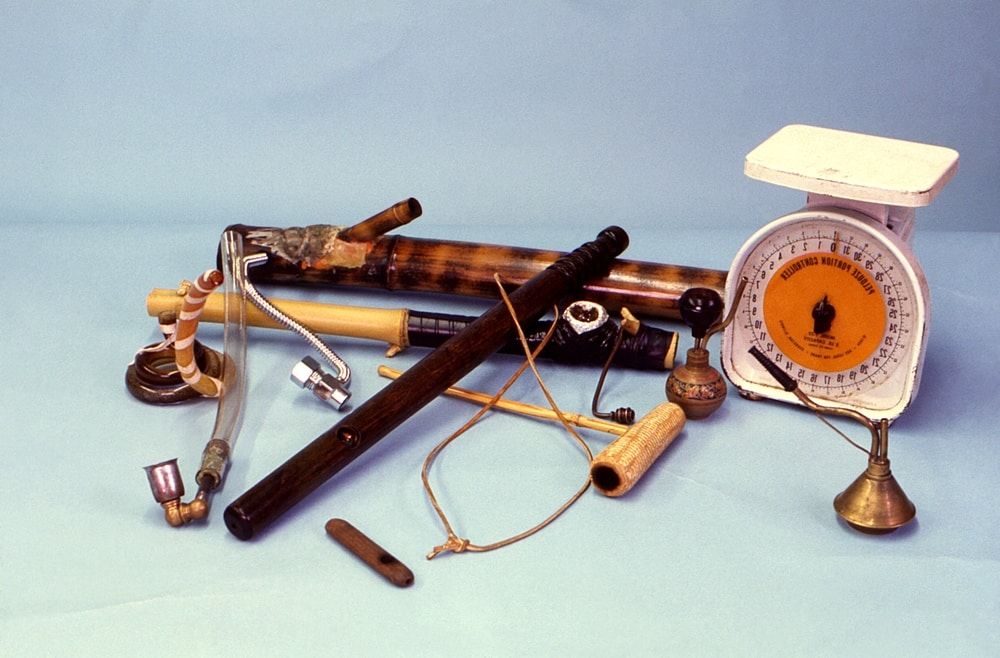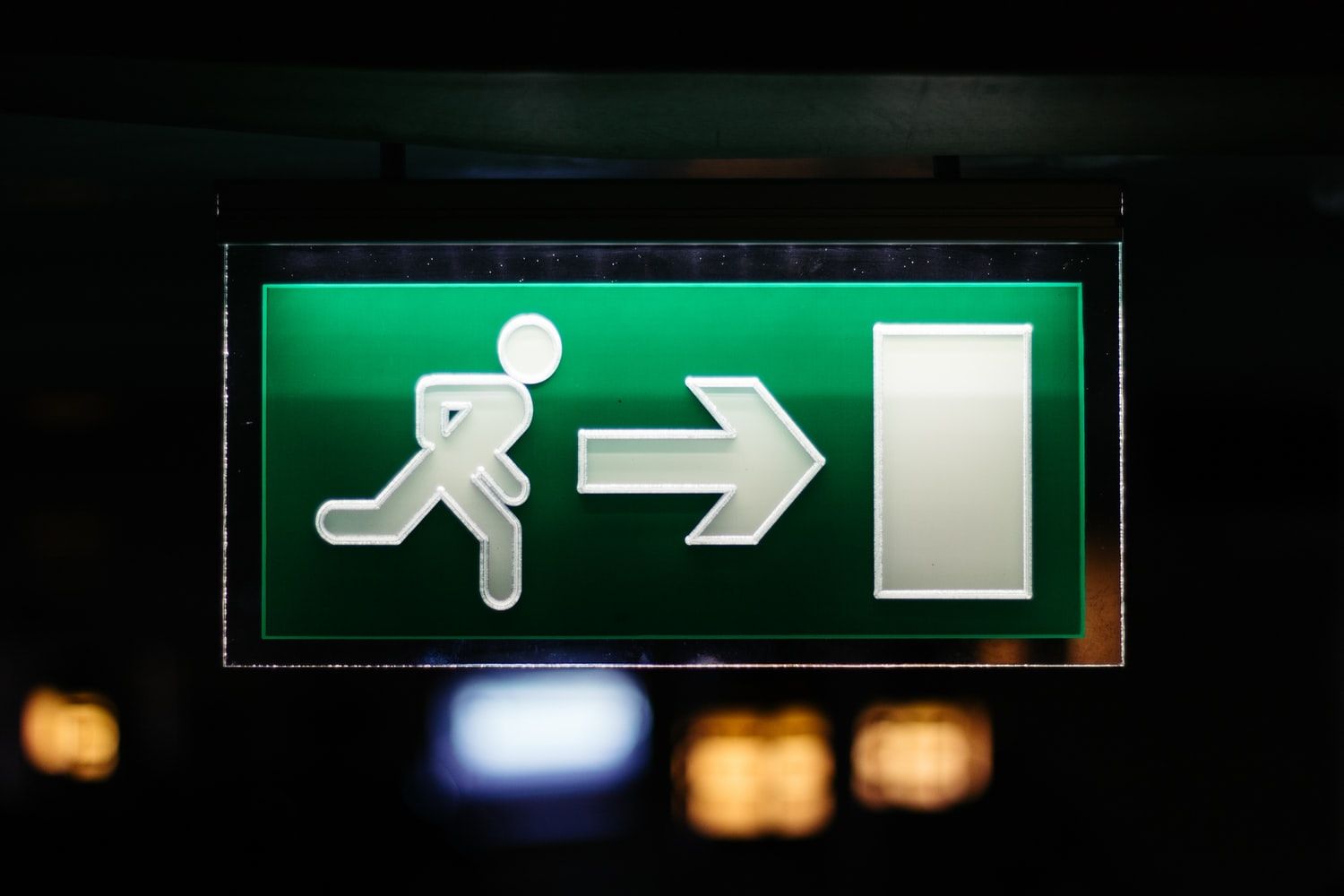An Introduction To Measure Words In Mandarin Chinese
One of the unexpected challenges of learning Mandarin Chinese is mastering measure words. As a beginner it is one of the most challenging things to learn because there is no correlate in English. Here's a guide to the most common measure words and how you can best learn them.

One of the unexpected challenges of learning Mandarin Chinese is mastering measure words. As a beginner it is one of the most challenging things to learn because there is no correlate in English. Here's a guide to the most common measure words and how you can best learn them.
What is a measure word?
A measure word, also known as a classifier or a count word, classifies the unit of a noun when counting. For example, in the sentence “I have two sticks of butter,” the word “stick” is a measure word that indicates what kind of object “butter” is.
In English, not all nouns require a measure word. The sentence “There are twelve books” is perfectly correct in English, despite the fact that it does not contain a measure word. Oftentimes in the singular we use such as "the" or "a" and there is no memorization or thought dedicated to measure words.
In Mandarin, all nouns require a measure word. This means that every time you use a noun, you must precede it with its proper measure word. There are over 200 measure words in Mandarin, and unfortunately, the only way to know which ones to use with which nouns is to memorize them.

Most Common Measure Words
The good news is that some measure words are much more common than others, and memorizing just a couple of them can take you very far. Here are 10 common Mandarin measure words that you’ll find yourself encountering all the time!
个 (gè)
个 is by far the most common measure word you’ll encounter and acts as a generic measure word. If you forget the proper measure word, you can usually use 个 in its place. Finally, common phrases like “this one” and “that one” 这个 (zhè gè) and 那个 (nà gè) also utilize 个.
只 (zhī)
只 is a commonly-used measure word for animals, but can also be used for one of a body part that comes in pairs (hand, arm, leg, foot, etc.). For example, “this cat” in Chinese is “这只猫 (zhè zhī māo).”
条 (tiáo)
条 is used to refer to things that are relatively long and skinny, like roads, rivers, and ribbons. “This river” in Chinese is “这条河 (zhè tiáo hé).” Although objects like straws, pens, and pencils are also long and skinny, there is actually a different Mandarin measure word used for cylindrical objects.
支 (zhī)
支 is used to refer to long, round, cylindrical objects, like pencils or pens. “Ten pencils” in Chinese is “十支铅笔 (shí zhī qiānbǐ).”
双 (shuāng)
双 is the Chinese word for “pair,” which makes it relatively easy to remember. The translation for “a pair of shoes” in Chinese is “一双鞋 (yīshuāng xié).”
张 (zhāng)
张 is used for flat objects, like tables, papers, and cards. To say “three cards” in Chinese, you’d say “三张卡 (sān zhāng kǎ).”
本 (běn)
本 is used for books and other book-like objects, like newspapers, magazines, and textbooks. To say “that book” in Chinese, you’d say “那本书 (nà běn shū).”
瓶 (píng)
瓶 is the Chinese word for “bottle.” It’s a very useful measure word to know when ordering food at a restaurant. To say “a bottle of water” in Chinese, you’d say “一瓶水(yī píng shuǐ).”
杯 (bēi)
杯 is used similarly to 瓶 in that it’s used in front of beverage nouns, but instead of meaning “bottle,” it means “glass” or “cup.” To say “a glass of water” in Chinese, you’d say “一杯水 (yībēi shuǐ).”
份 (fèn)
份 is another word that’s useful when ordering food. It means “portion” in a food context, but it can also be used for gifts, jobs, reports, and contracts. “One portion of noodles” in Chinese is “一份面条 (yī fèn miàntiáo).”

How to Learn More Measure Words
This might seem like a lot already, but this list barely scratches the surface. If you’re gearing up for a trip to China, or are trying to teach yourself Chinese, the thought of learning all of these measure words can be quite daunting. The good news is that knowing which measure words to use with which nouns gets easier the more you practice.
Listening to native speakers use measure words in their casual speech is a great way to pick up on the most common patterns. If you aren’t living in China, you could still get lots of practicing by listening to Chinese podcasts or watching YouTube videos or practicing with Speechling Conversations-Freestyle Mode.
There are plenty of excellent resources that can help you succeed in finally conquering those pesky measure words naturally. As opposed to rote memorization, learning measure words in context allows you to retain the information better and use the words more naturally. Even native speakers sometimes mess up, so don't give up!

The Easy Way Out
Finally, if you find yourself forgetting which measure word to use in a specific context, you can always use 个, which is a great catchall for practically any situation. I would avoid over-relying on this method though, because it can lead to the development of bad habits which can be difficult to fix later on in your language-learning career.